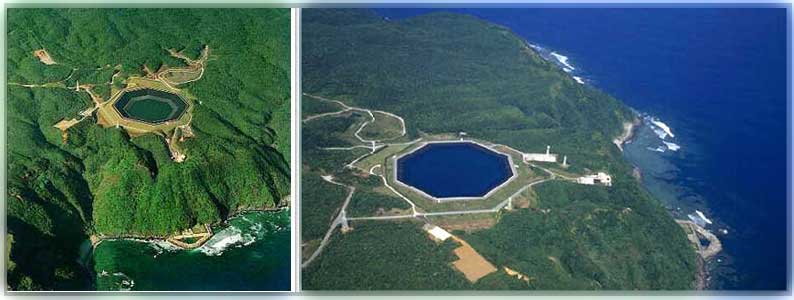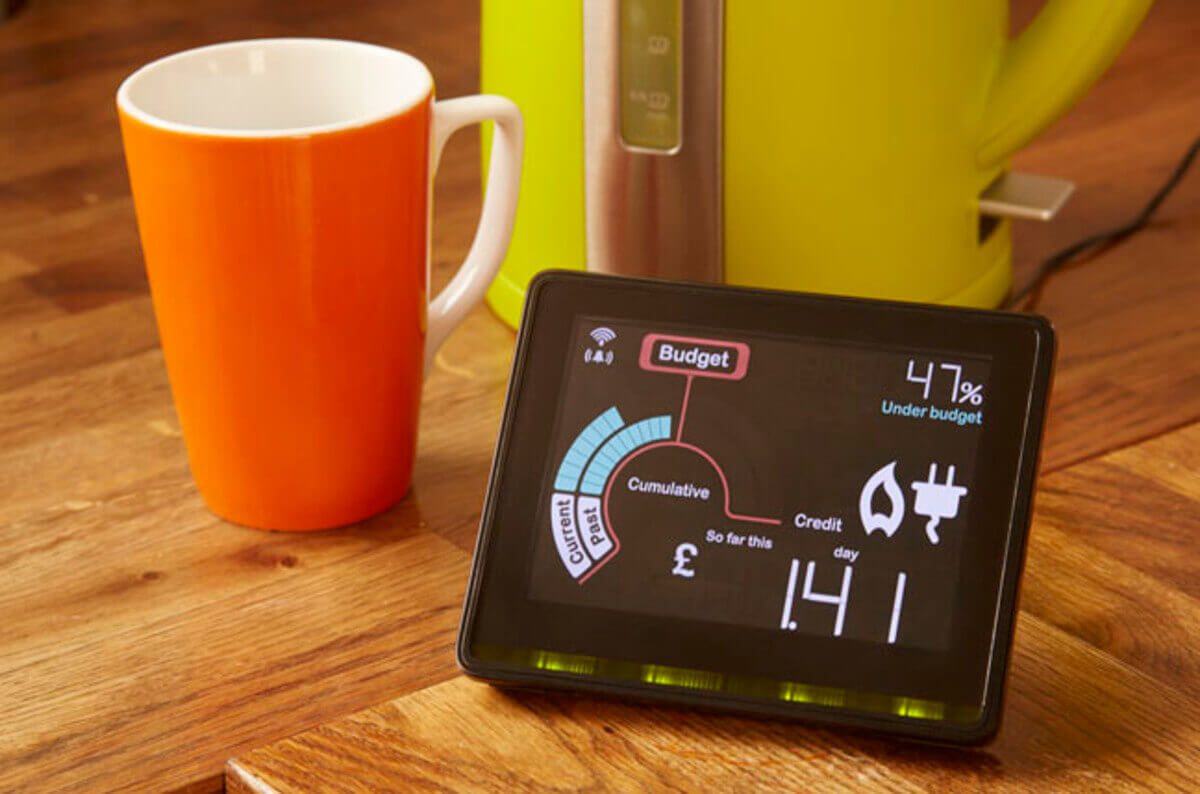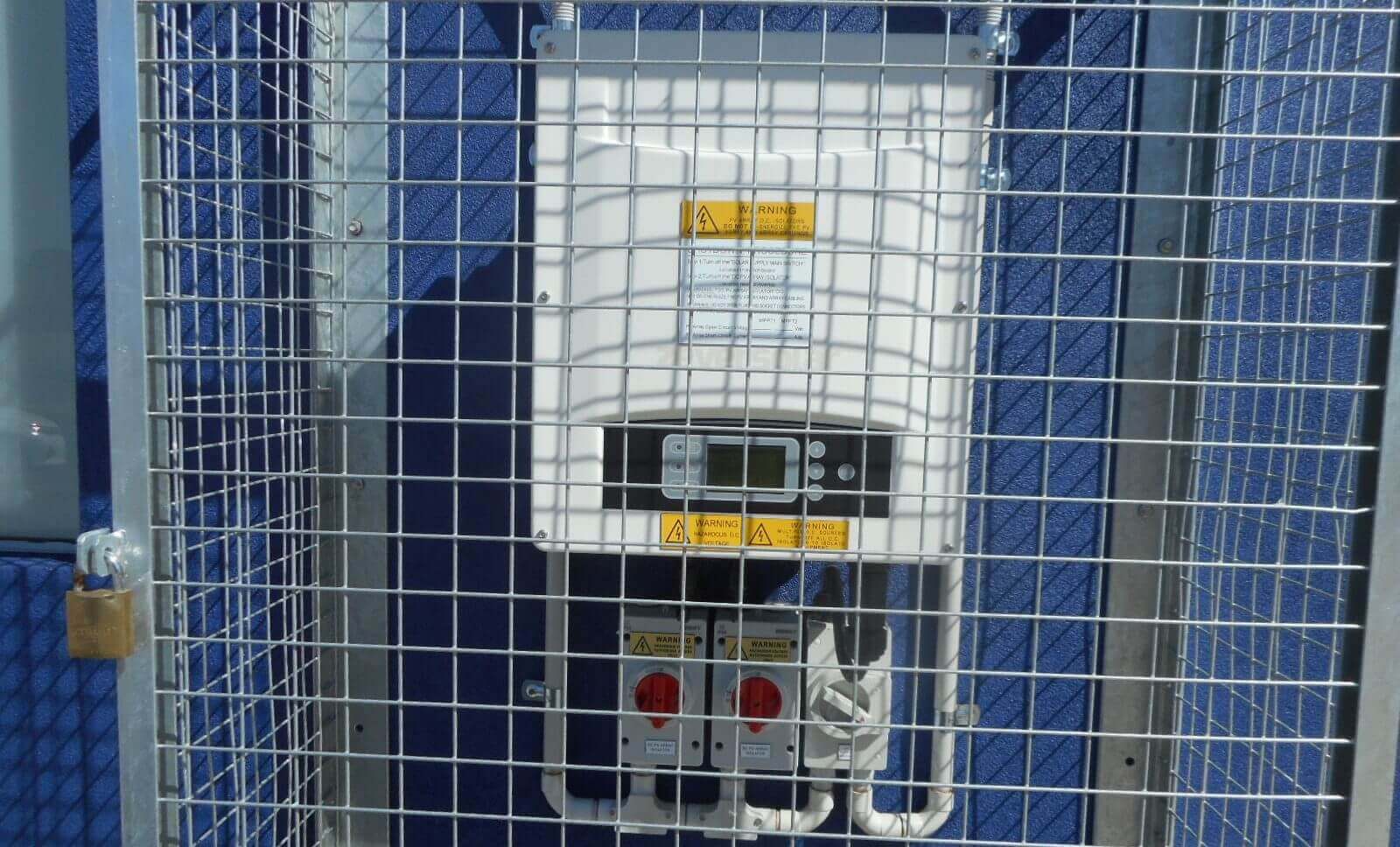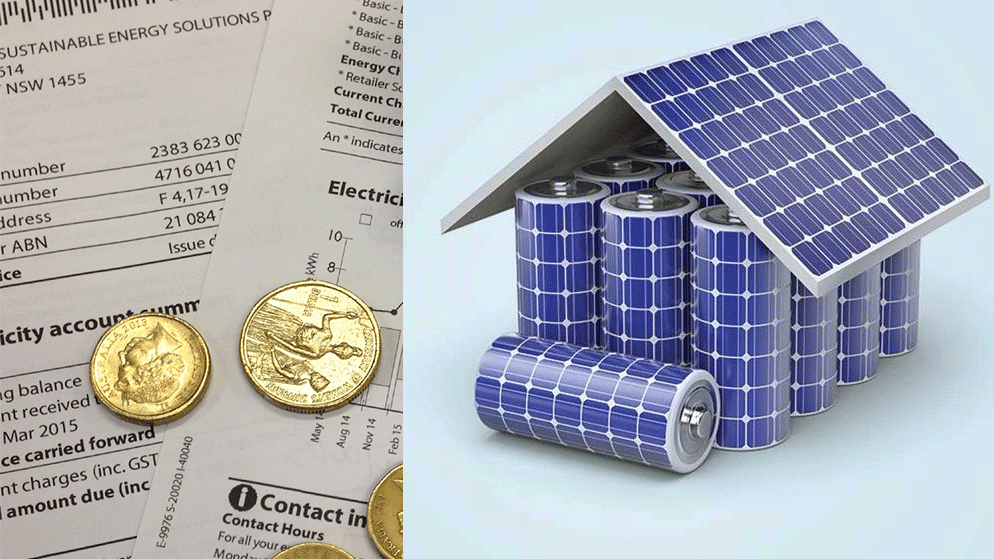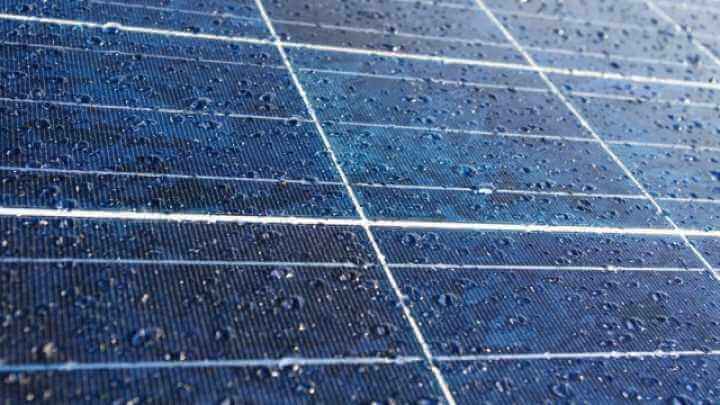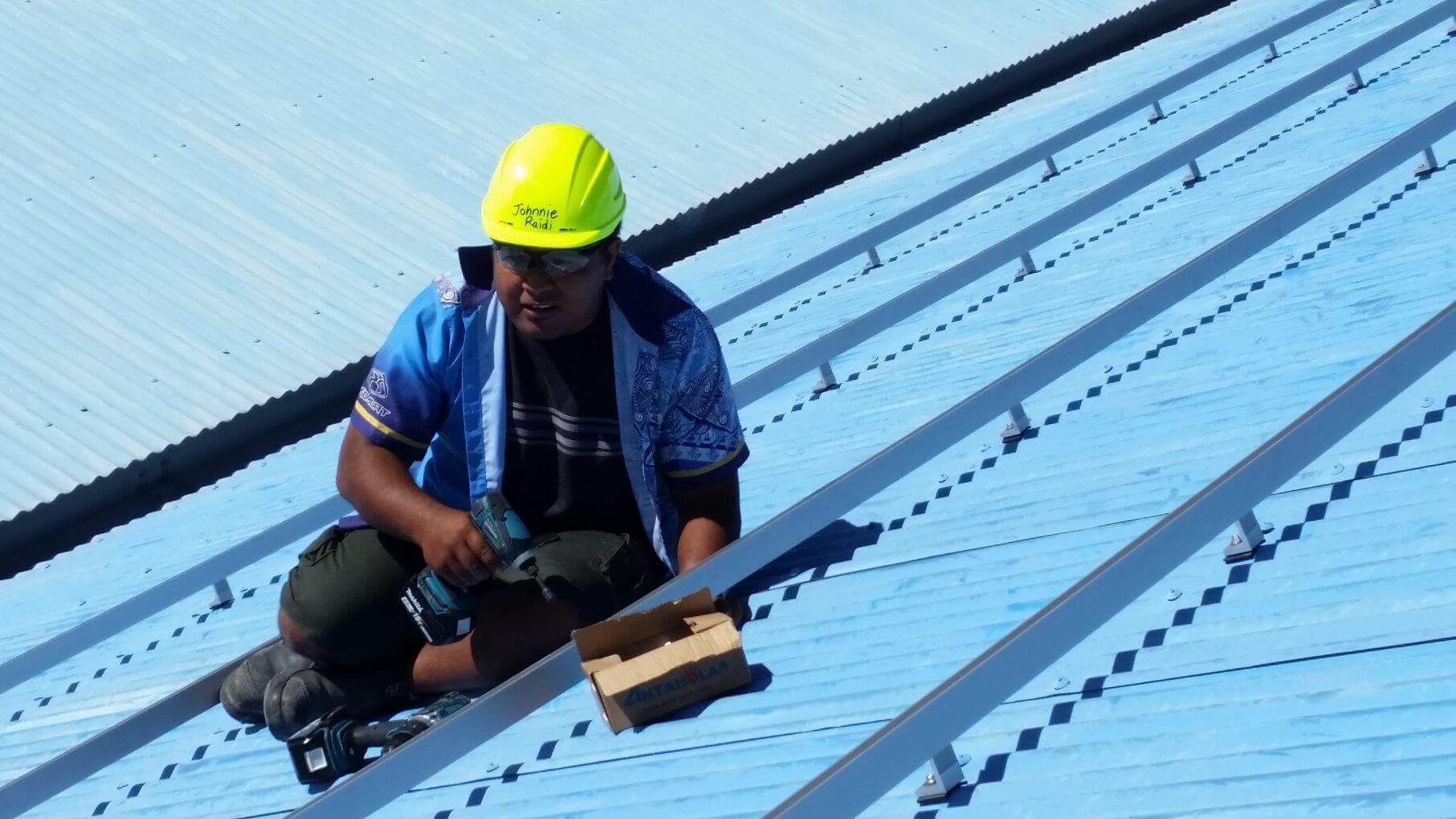As Australia continues to see the trend to increase system capacity to medium or large scale Grid-connected PV system, it becomes valuable for Inverter Energy Systems (IES) to have ways to support the power quality of the grid. The most recent revision of the Australian Standard AS/NZS 4777.2: Grid connection of energy systems via inverters […]
Author: GSES
Pumped hydro storage in Australia- can a liquid battery compete?
In the past months, there have been many discussions centered around pumped hydro storage schemes. Most notably of which is the current government announcement to expand the iconic Snowy Hydro system as well as South Australia’s investigation into pumped hydro from Spencer Gulf. It is well-known that some renewable energy systems are intermittent and their […]
Smart Meters and Real Time Pricing
Time of Use (TOU) pricing has widely been adopted for electricity billing. With TOU metering the electricity rates are divided into three different time periods – Peak, Shoulder and Off Peak which enables the retailer to charge different prices for the electricity used at different times. A new method of electricity pricing has been introduced, […]
AS/NZS 4777.1:2016 – Key updates to the standard and what they mean for installers
The latest version of the Australian and New Zealand Standard: Grid connection of energy system via inverters – Installation requirements (AS/NZS 4777.1:2016) was released on 30 September 2016. There is a transition period of 6 months, therefore this standard will come into effect at the end of this month (30th March 2017). AS /NZS 4777.1:2016 […]
System Economics of a Stand Alone Power Supply Systems
The power sources most familiar for the supply of renewable energy – wind, sun and water – are considered to be freely available; therefore a common assumption is that the energy provided by these power sources is also free. A stand-alone power system (SAPS), in order to take advantage of ‘free’ energy sources, costs money […]
Residential Demand Charges – What is it, and can solar and battery storage help?
With the impending closure of Hazelwood and the Prime Minister’s talk of ‘clean coal’, attention on electricity prices in 2017 has so far centred around the effect coal-fired stations have on the cost of electricity. The introduction of a new tariff charge by some utilities which have directly affected some customers from 1st January 2017, […]
Industry wide Improvement in Ingress Protection Safety Thanks to CEC Guidelines
Under the Renewable Energy Target (RET) requirements, solar photovoltaic (PV) power systems must be installed to relevant Australian standards and Clean Energy Council (CEC) guidelines in order to receive Small-scale Technology Certificates (STCs). To monitor this, the Clean Energy Regulator’s RET inspection program has been running since 2010 and the CEC review the outcomes of […]
The Blockchain Buzz
Over the past several months, there has been an increase in the amount of reference to Blockchain technology and what it can do for the renewable energy sector. Much has been written about this technology such as this article and this article. A number of global companies have even started to trial blockchain based energy […]
GSES Training: PV Gains a Further Foothold on Nauru
GSES has conducted PV system installation training on Nauru twice. The most recent training session was conducted by Dr. Rick Potter in November 2016.Nauru is a tiny island located just half a degree south of the equator and east of Papua New Guinea and the Solomon islands. The island is only 21 km² and one […]
GSES Co-Founder Susan Neill Retiring at End of Year
After 30 years of significant contribution to the burgeoning renewable energy industry, on 31st December Ms Susan Neill will be entering retirement. As the industry has matured, the history of the industry and the people who helped to build it are often lost on industry participants,. It is fitting then that we pay tribute to […]


